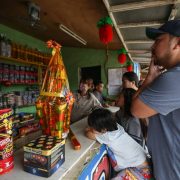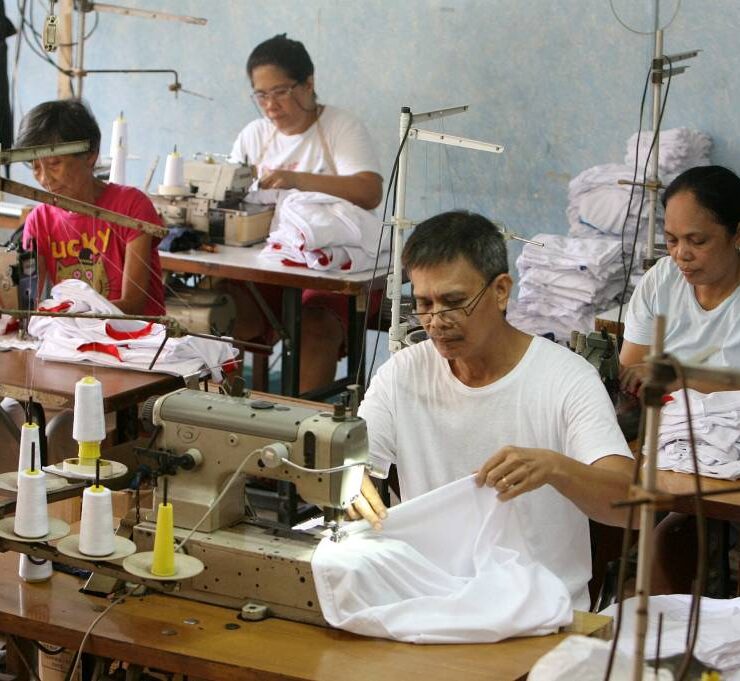Factory output still in the red in March

Philippine factory output continued shrinking in March as local producers grappled with intensifying competition and lower demand overseas.
A monthly survey of selected industries showed the volume of production index (VoPI), a measure of manufacturing output, declined by 0.2 percent year-on-year in March, the Philippine Statistics Authority (PSA) reported on Wednesday.
This marked the second straight month of a negative VoPI reading. But it was a softer contraction than the 1.5-percent decline recorded in February.
The results of the March survey were consistent with the purchasing managers’ index (PMI) report of S&P Global during the month.
The PMI, a separate indicator of factory activity, deteriorated to 49.4 in March.
It was the first time in 19 months that the PMI reading fell below the 50-mark that separates growth from contraction.
S&P Global said companies reported growing competition and fewer clients, which led to a reduction in new orders. Output scaled back as a result.
The growth in new export orders seen previously also dissipated, S&P added, with March data “signaling a marginal drop in new business from overseas.”
PSA data showed that production of furniture, clothing, petroleum products, chemicals and basic metals had declined in March. Nevertheless, the average capacity utilization rate for the manufacturing sector rose to 76.2 percent from 75.9 percent in the previous month.
Better conditions ahead
Moving forward, better conditions might be ahead for local producers based on advanced PMI estimates by S&P.
S&P said the PMI rose to 53 in April, marking a solid comeback as the surge in economic activities ahead of the midterm elections in May triggered a robust growth in both output- and input-buying.
But S&P said manufacturers were less optimistic about demand conditions once the polls were over, sinking their confidence level to a post-pandemic low.
Some companies suggested that post-election customer demand may be less buoyant.
Miguel Chanco, chief emerging Asia economist at Pantheon Macroeconomics, said a decline in remittances amid an appreciating peso could hurt household demand for locally-made products.
“Should this decline persist, headline remittances growth would start to impose an even bigger drag on sales growth for the rest of this year,” Chanco said in a commentary.





















